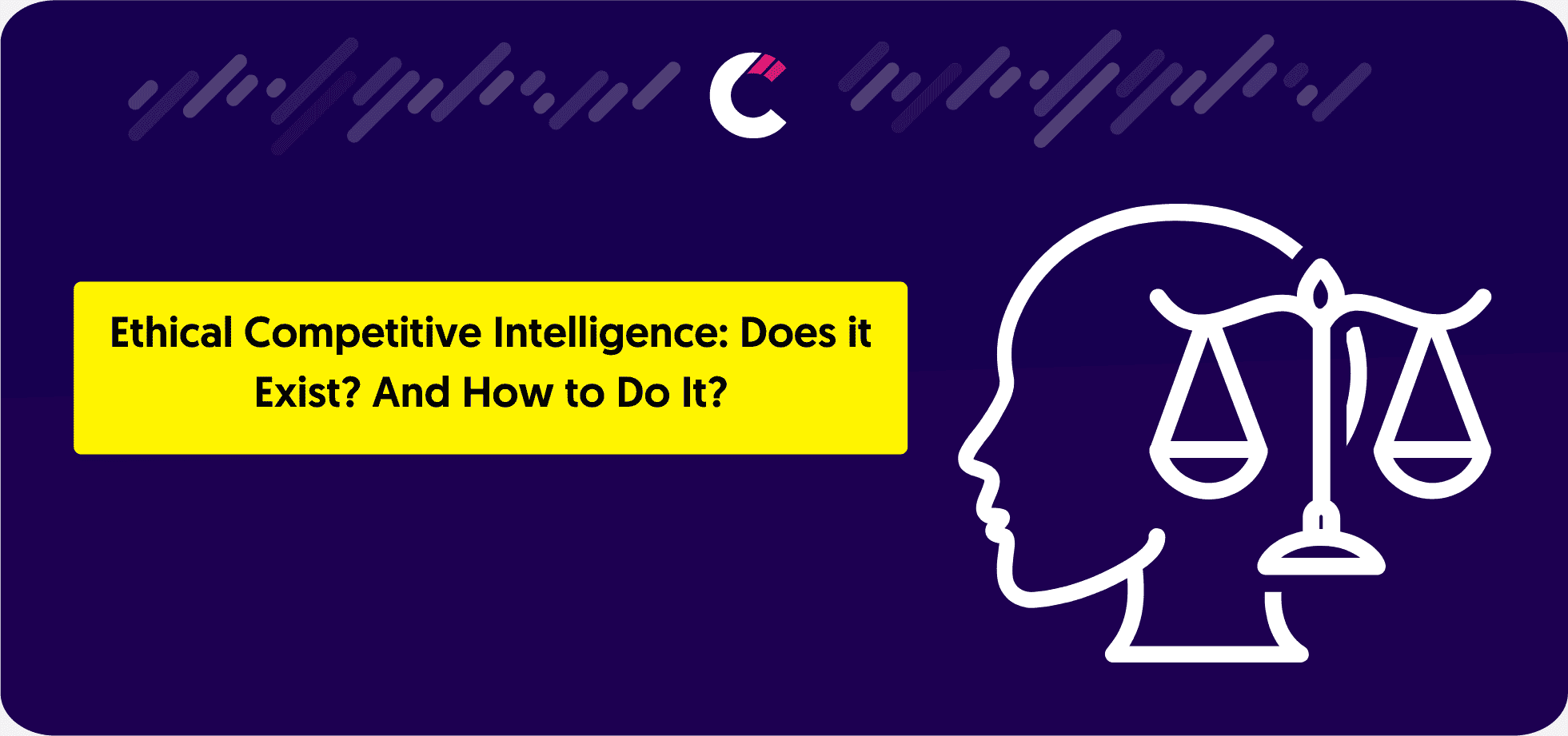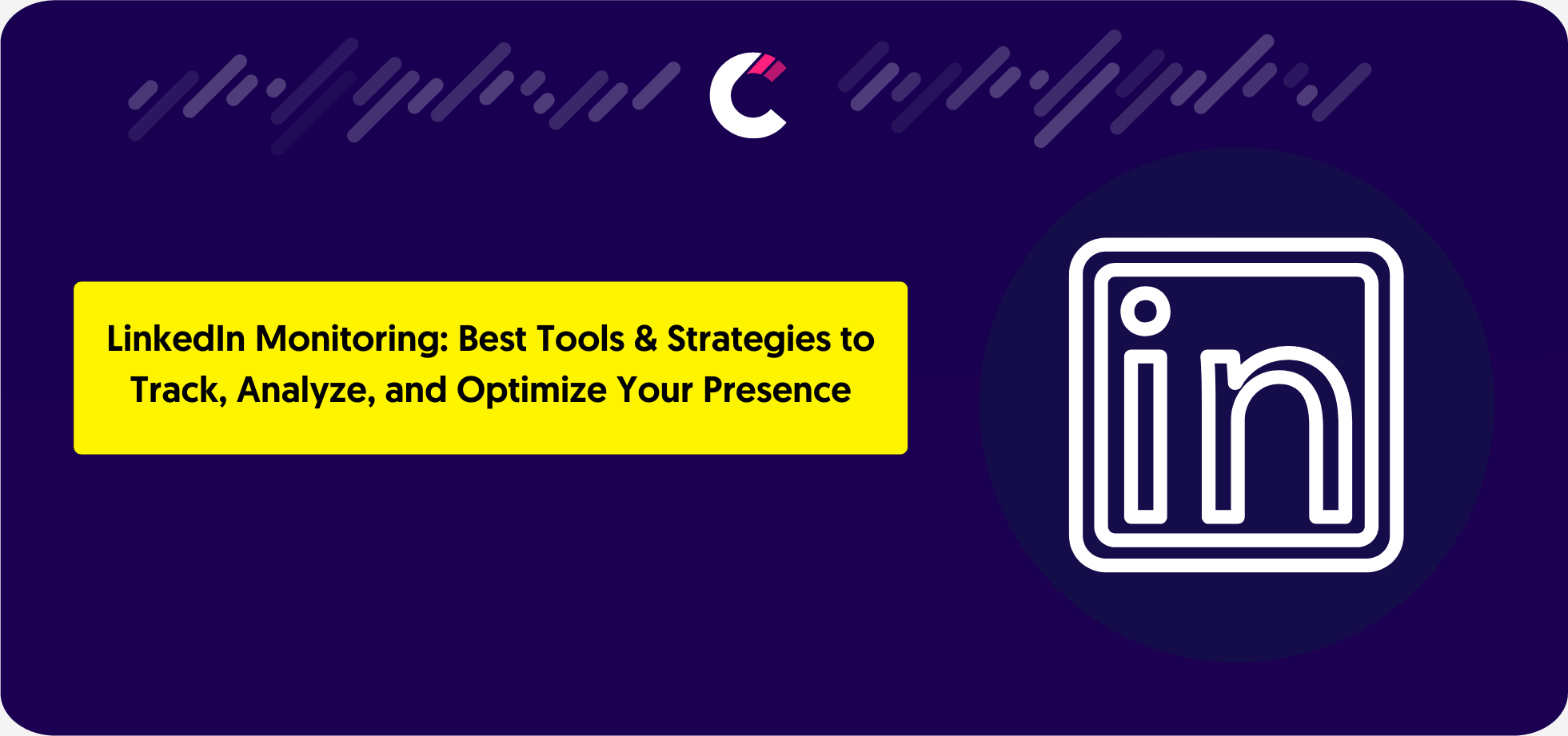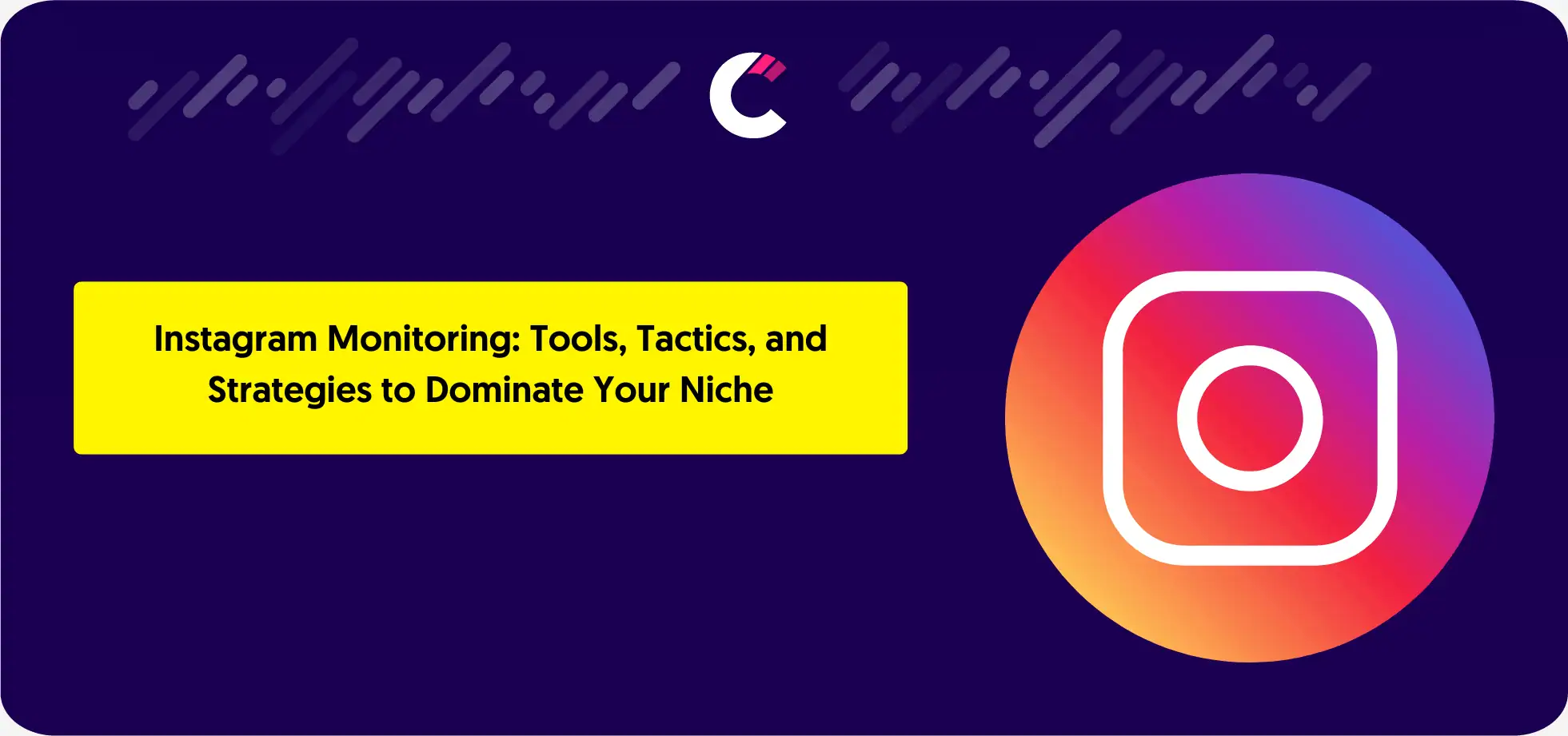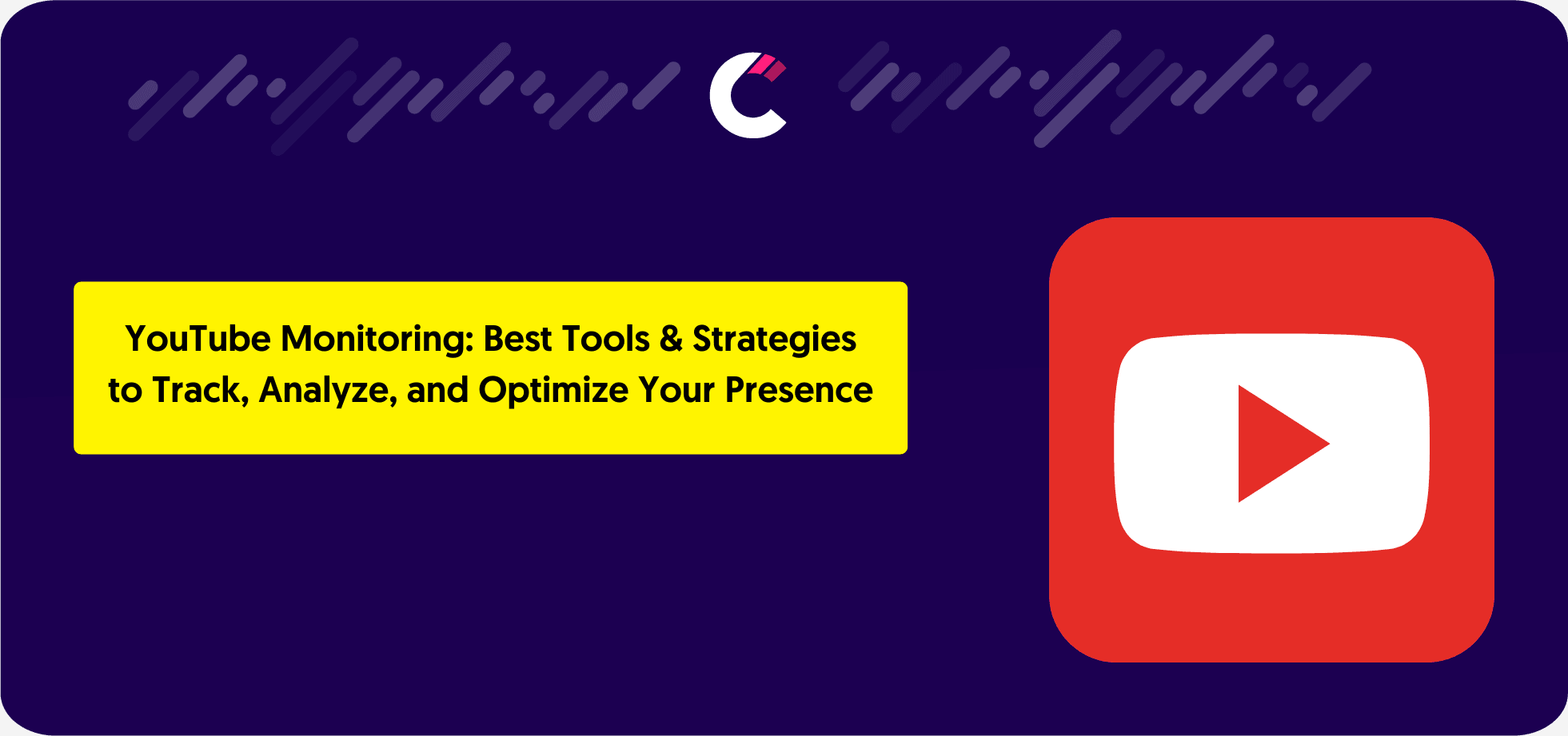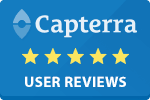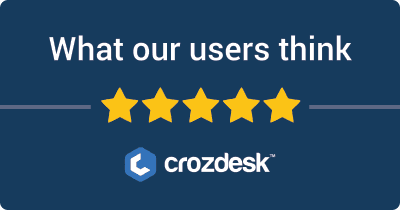Imagine running a business and knowing exactly what your competitors are planning, how market trends are shifting, and what customers really want—all before anyone else.
That’s the promise of competitive intelligence (CI). It’s the art of gathering and analyzing information to make smarter decisions, stay ahead in the game, and uncover new opportunities. But here’s the catch: not all ways of collecting this information are fair or ethical.
Ethical competitive intelligence is about doing it the right way—staying on the right side of the law and maintaining trust with your stakeholders. In a world where the line between ethical and unethical can blur, understanding competitive intelligence ethics is more important than ever.
Understanding Competitive Intelligence Ethics
What is Competitive Intelligence?
At its core, competitive intelligence is about knowing your playing field. It involves collecting and analyzing data on competitors, market conditions, and industry trends to make informed business decisions. Done right, CI can help businesses anticipate customer needs, refine their strategies, and uncover gaps in the market.
The benefits are clear: improved decision-making, stronger market positioning, and the ability to respond proactively to competitor moves. But competitive intelligence isn’t just about what you know; it’s also about how you gather that information. The methods you choose can define whether your approach aligns with the ethics of competitive intelligence or crosses into murky territory.
The Ethics of Gathering Competitive Intelligence
Not all competitive intelligence methods are created equal. While some rely on publicly available data and transparent practices, others cross the line into deception or outright illegality. Competitive intelligence ethics focuses on distinguishing fair play from underhanded tactics.
For example, analyzing competitors’ websites or published reports is ethical, but misrepresenting yourself to gain confidential information is not. Navigating this “gray zone” requires clear guidelines and a commitment to integrity. Companies that prioritize ethical practices avoid risks like reputational damage and legal trouble, making ethical CI not just a moral obligation but a strategic advantage.
Can Competitive Intelligence Be Ethical?
The short answer is yes—but only when guided by clear principles. Ethical competitive intelligence revolves around transparency, respect for boundaries, and adherence to both legal and moral standards.
For example, monitoring publicly available information, such as a competitor’s website updates or social media activity, is both ethical and effective. On the other hand, practices like bribing employees for insider information clearly fall outside the bounds of ethical CI.
A great example of ethical CI in action is using tools like Competitors App to track website changes or monitor ad campaigns without violating privacy.
Companies that succeed in competitive intelligence ethics often implement a code of ethics for competitive intelligence, ensuring their teams know exactly what’s permissible. When businesses prioritize ethical approaches, they not only reduce risk but also foster a culture of trust and accountability.
Unethical Competitive Intelligence Practices to Avoid
In the pursuit of market insights, some businesses may be tempted to adopt questionable tactics. However, ethical competitive intelligence demands avoiding practices that compromise integrity, legality, or trust. Below are the most common unethical practices and their consequences.
Industrial Espionage
Industrial espionage refers to the theft or unauthorized acquisition of trade secrets, intellectual property, or confidential business information. This can include hacking into competitor systems, planting spies in rival companies, or intercepting private communications. These actions are not only unethical but also illegal, often resulting in hefty fines, lawsuits, and irreparable reputational damage.
For example, in the Waymo vs. Uber case, Uber faced severe financial and reputational consequences after being accused of stealing trade secrets related to self-driving technology.
Businesses must steer clear of such practices and rely on transparent methods to gather competitive intelligence.
Misrepresentation
Misrepresentation occurs when individuals or organizations deceive others to obtain information. Common tactics include posing as potential clients, vendors, or job applicants to extract sensitive details about a competitor’s operations.
While these methods might seem less severe than espionage, they are equally unethical and can lead to damaged relationships, loss of credibility, and even legal repercussions.
Companies that engage in misrepresentation risk not only regulatory penalties but also losing trust with their stakeholders.
Corruption
Corruption in competitive intelligence often involves bribery or leveraging unethical influence to gain access to privileged information.
This might include paying insiders for confidential details, offering favors in exchange for sensitive data, or exploiting conflicts of interest.
Such actions not only violate the ethics of competitive intelligence but also erode the moral foundation of the businesses involved. The long-term impact of corruption includes legal sanctions, public backlash, and the erosion of internal company culture.
By avoiding these practices, businesses can ensure their competitive intelligence activities remain both ethical and effective, fostering long-term growth and trust.
Why Ethical Competitive Intelligence is Crucial
Adopting ethical competitive intelligence practices is not just a legal obligation but a strategic necessity for businesses. Ethical CI ensures that companies maintain trust, foster transparency, and build a reputation that supports sustainable growth.
Here are two key reasons why it matters:
Protecting Internal Company Culture
- Trust and Transparency: Unethical practices, such as misrepresentation or bribery, can breed distrust among employees. When staff members witness unethical behavior, their confidence in leadership erodes, leading to a toxic work environment.
- Impact on Morale: A lack of ethical standards often results in demotivated employees and higher turnover rates, as individuals prefer to work in organizations that align with their values.
- Long-Term Productivity: Companies that commit to competitive intelligence ethics promote accountability, creating an environment where employees feel valued and are more productive.
Safeguarding Brand Reputation
- Public Perception Risks: Unethical CI practices can severely damage a company’s public image. In an age of instant communication, news of unethical behavior spreads quickly, leading to backlash from customers and stakeholders.
- Customer and Investor Trust: Once a brand’s reputation is tarnished, regaining trust can take years. Ethical practices help businesses retain credibility and foster loyalty among customers and investors.
- Competitive Advantage: A strong reputation for ethical behavior positions a company as a reliable and trustworthy competitor in its industry, giving it an edge over less principled rivals.
By protecting internal culture and safeguarding brand reputation, businesses can ensure their competitive intelligence efforts align with their broader goals for growth and sustainability.
Developing an Ethical Competitive Intelligence Framework and Strategy
Creating a structured approach to ethical competitive intelligence is essential for businesses to ensure that their practices align with both legal and moral standards. A well-defined framework provides clear guidelines for teams, reduces the risk of unethical behavior, and builds trust with stakeholders.
Here’s how businesses can develop and implement an effective strategy:
Establishing Foundational Principles and Guidelines
The first step is to define a code of ethics for competitive intelligence. This document should outline acceptable practices, emphasize compliance with laws, and highlight the importance of integrity. It should be clear, actionable, and communicated across all levels of the organization to ensure alignment.
Steps for Creating and Implementing a Code of Ethics
- Setting Objectives: Begin by identifying the purpose of your CI efforts and how they align with business goals. Ensure that these objectives can be achieved using ethical and legal methods.
- Identifying Ethical Data Collection Methods: Use publicly available resources such as websites, reports, and market analysis tools. Avoid methods that involve deceit, misrepresentation, or breaches of confidentiality.
- Allocating Resources Effectively: Invest in tools and training that support ethical CI practices. Ensure personnel understand the difference between ethical and unethical activities.
- Ensuring Responsible Use of Insights: Establish protocols for analyzing and applying gathered data without violating competitor confidentiality or privacy.
Benefits of an Ethical CI Strategy
- Reduces risks of legal and reputational damage.
- Builds internal accountability and trust within teams.
- Enhances credibility with stakeholders, partners, and customers.
An ethical framework is not a one-time effort; it requires continuous refinement and monitoring to adapt to changing business environments and regulatory landscapes.
Ethical Methods of Gathering Competitive Intelligence
To ensure that competitive intelligence aligns with ethical and legal standards, businesses must adopt practices that respect privacy, transparency, and fairness.
Below are proven methods for gathering CI without compromising integrity:
Leveraging Publicly Available Information
- Sources to Use: Websites, annual reports, press releases, and industry publications are rich sources of publicly available data. Social media profiles and online reviews can also offer insights into competitor activities and customer sentiment.
- Best Practices: Avoid scraping data from websites in violation of terms of service or accessing password-protected content. Focus on publicly accessible information that is meant for consumption.
Conducting Research at Trade Shows and Events
- What to Look For: Product demonstrations, competitor booths, and industry presentations provide valuable insights. Trade shows also allow direct interaction with industry professionals, offering a chance to gather market intelligence.
- Ethical Guidelines: Ask questions openly and respect boundaries when engaging with competitors or their representatives. Avoid covert tactics such as posing as a potential client.
Surveys and Double-Blind Research
- Why Use Them: Surveys and double-blind studies are effective for understanding customer preferences and market trends. They ensure that participants are unaware of the organization commissioning the study, preserving objectivity.
- Key Considerations: Maintain confidentiality and obtain informed consent from participants to ensure ethical compliance.
Building Internal and External Informant Networks
- Internal Insights: Employees can provide valuable information about market conditions and customer feedback. Ensure they share insights within the bounds of ethical guidelines.
- External Sources: Foster professional relationships with suppliers, distributors, and industry experts who may share non-confidential insights about the market.
Benefits of Ethical CI Methods
- Promotes a culture of transparency and accountability.
- Reduces the risk of legal or reputational fallout.
- Ensures that intelligence-gathering efforts align with long-term business goals.
Using Competitors App for Ethical Competitive Intelligence
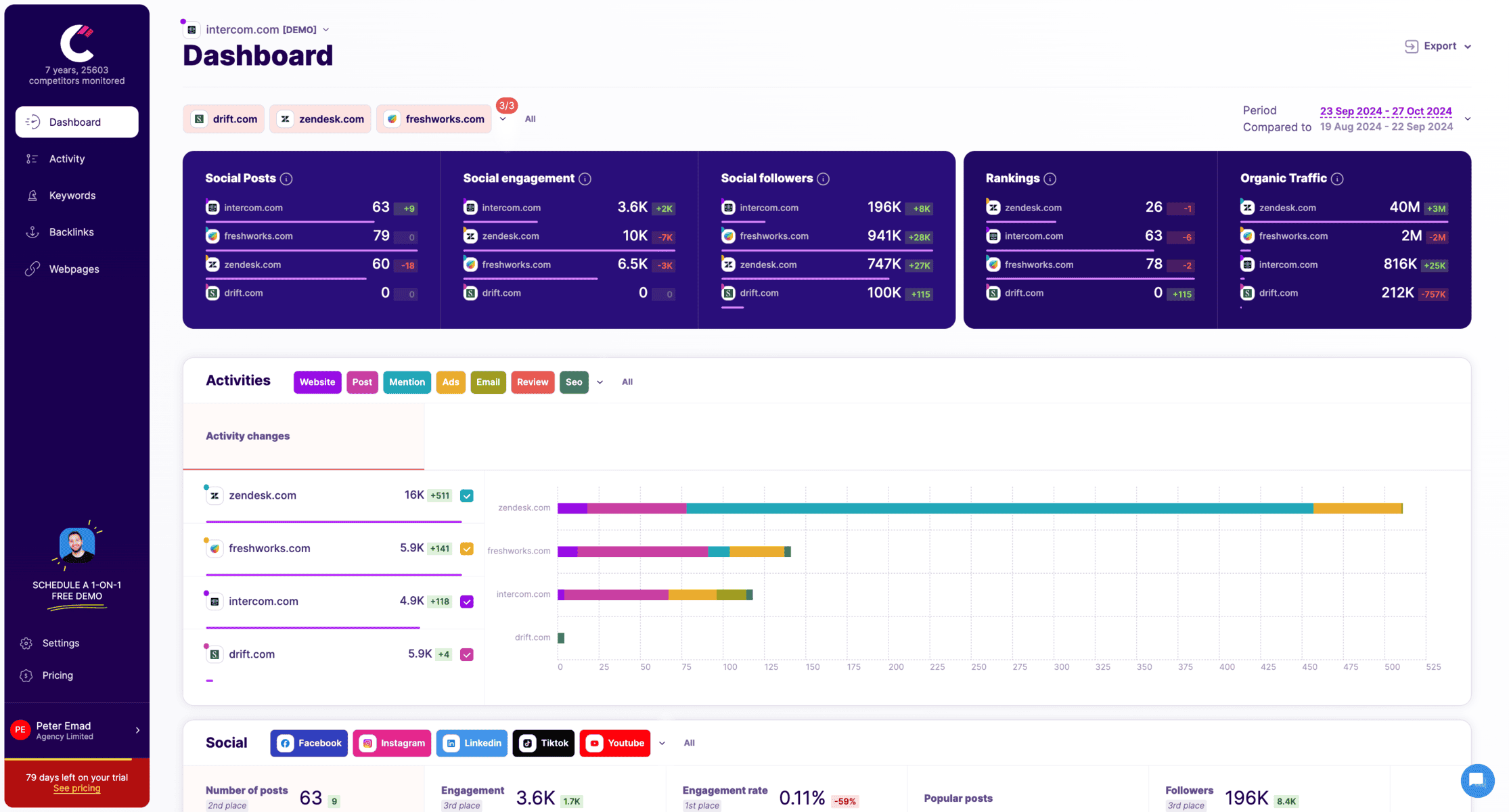
For businesses looking to stay ahead without crossing ethical boundaries, tools like Competitors App offer a reliable solution.
This platform is designed to help companies monitor competitor activities transparently and ethically, ensuring data collection aligns with industry standards.
Here’s how Competitors App facilitates ethical CI:
Key Features of Competitors App
Website Change Monitoring: Track updates to competitor websites, such as new product launches, pricing changes, or announcements, without accessing sensitive or restricted information.
Ads and Content Tracking: Monitor ad campaigns and content strategies on platforms like Google Ads and social media to stay informed about competitor marketing efforts.
Social Media Insights: Gain insights into competitor engagement and audience sentiment by analyzing publicly available social media data.
Custom Alerts: Set up notifications for specific changes, allowing you to respond quickly to competitor moves.
Benefits of Using Competitors App for Ethical CI
Transparency: The platform uses publicly available data, ensuring that all insights are gathered legally and ethically.
Efficiency: Automates the monitoring process, saving time and resources for your team.
Actionable Insights: Provides clear, actionable data that informs strategic decisions without breaching ethical guidelines.
Compliance: Reduces the risk of violating competitive intelligence ethics, helping businesses maintain a positive reputation.
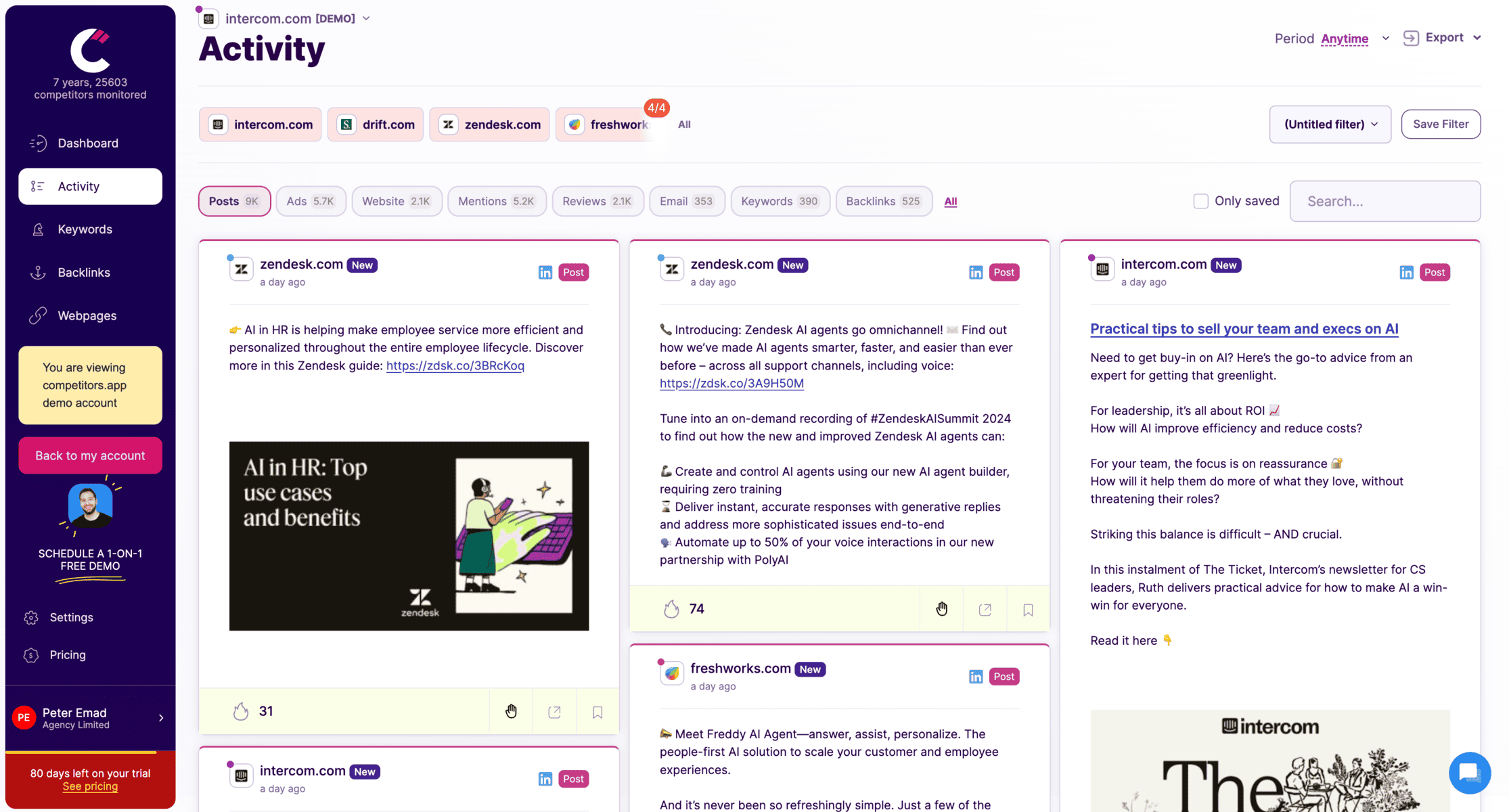
Tracks competitor social media updates across LinkedIn, Facebook, Twitter, and more.
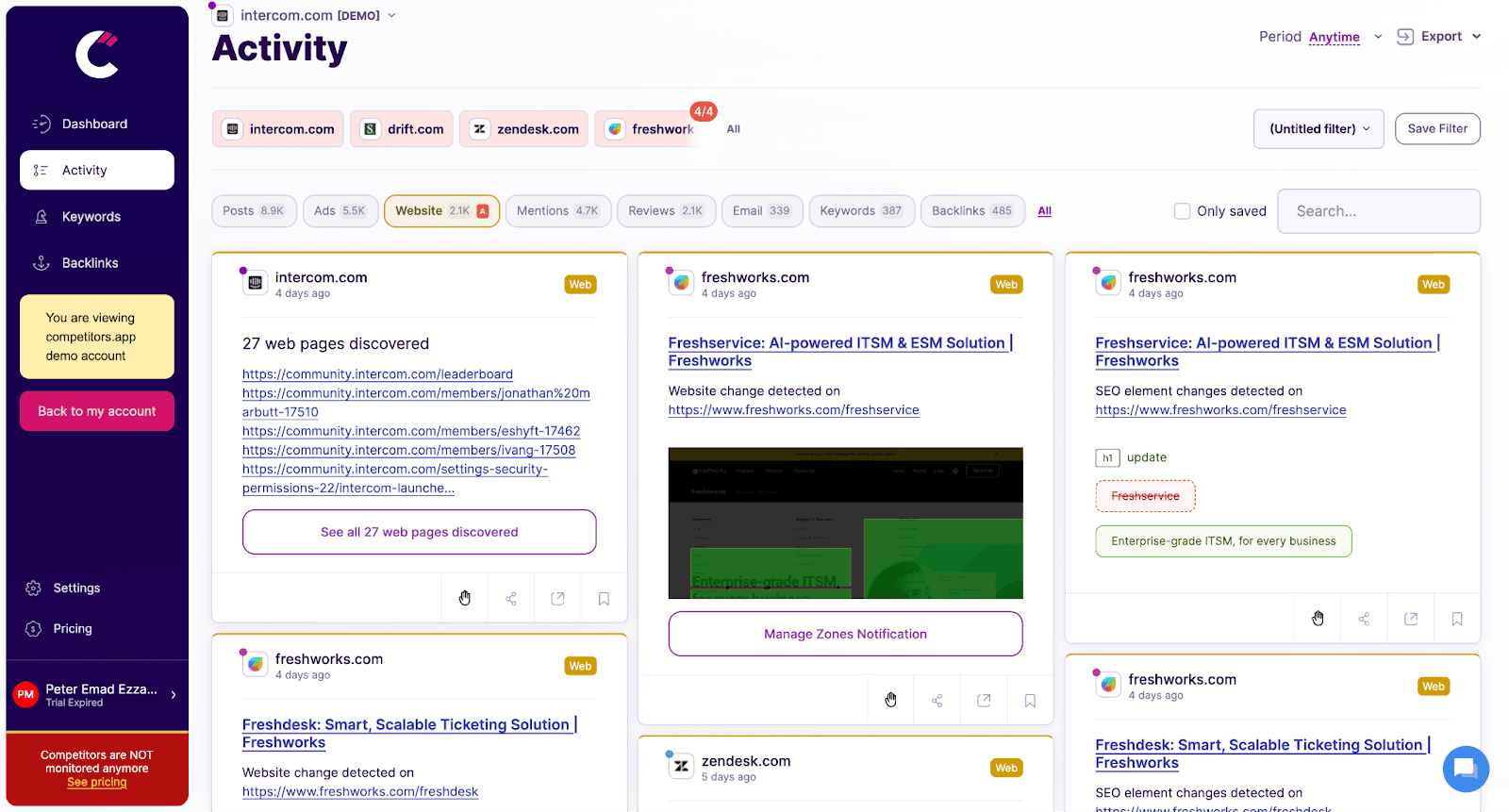
Monitors changes on competitors’ websites, such as product updates, pricing adjustments, and new messaging, providing instant alerts to help sales teams respond promptly.
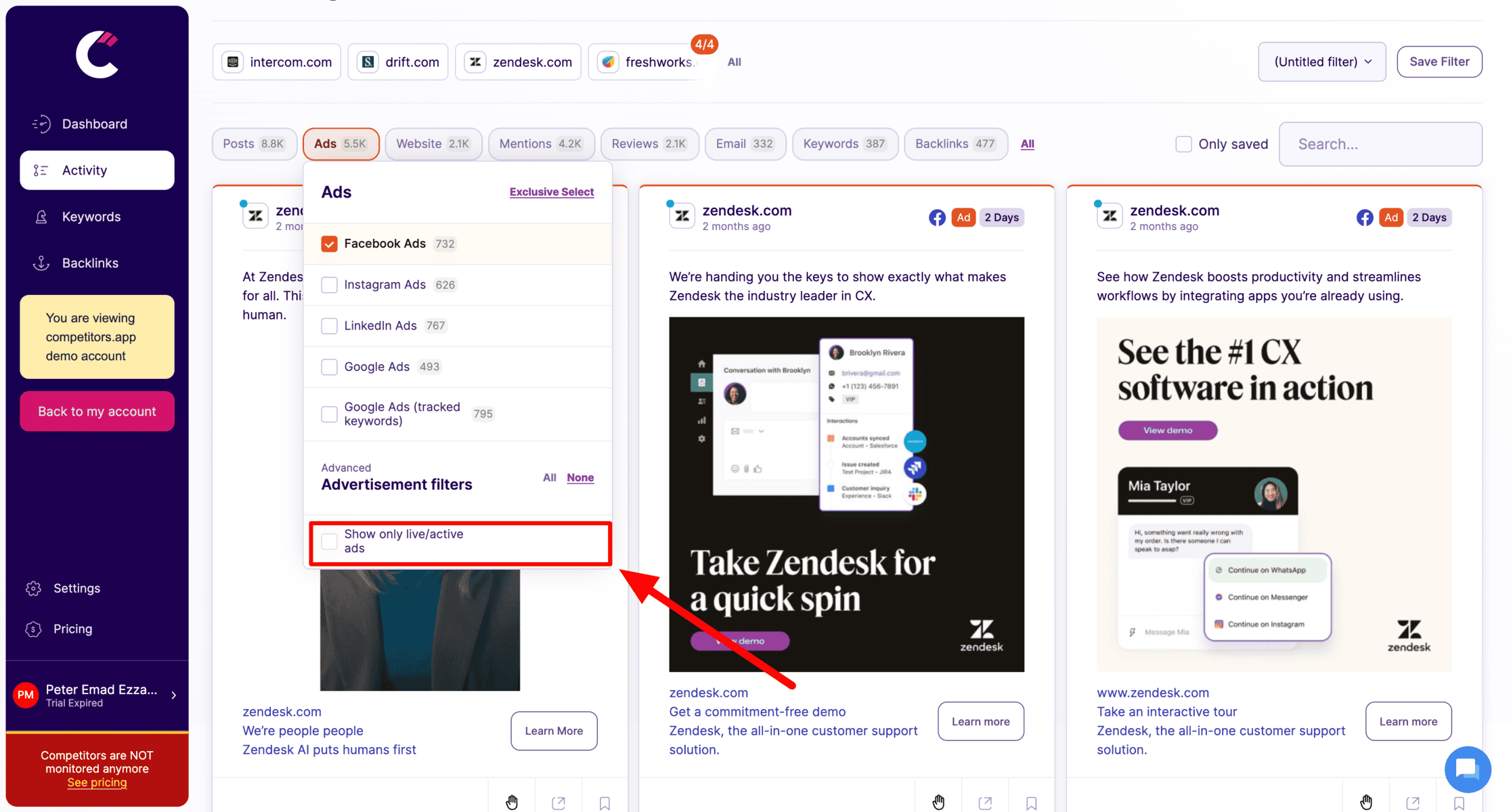
Tracks digital ad campaigns across platforms like Google Ads, Facebook, LinkedIn, and Instagram. It provides details on ad creatives, spending, and performance metrics, helping teams analyze successful ad strategies.

Analyzes competitors’ keyword strategies, organic rankings, and backlinks, allowing teams to refine their own SEO tactics and boost search visibility.
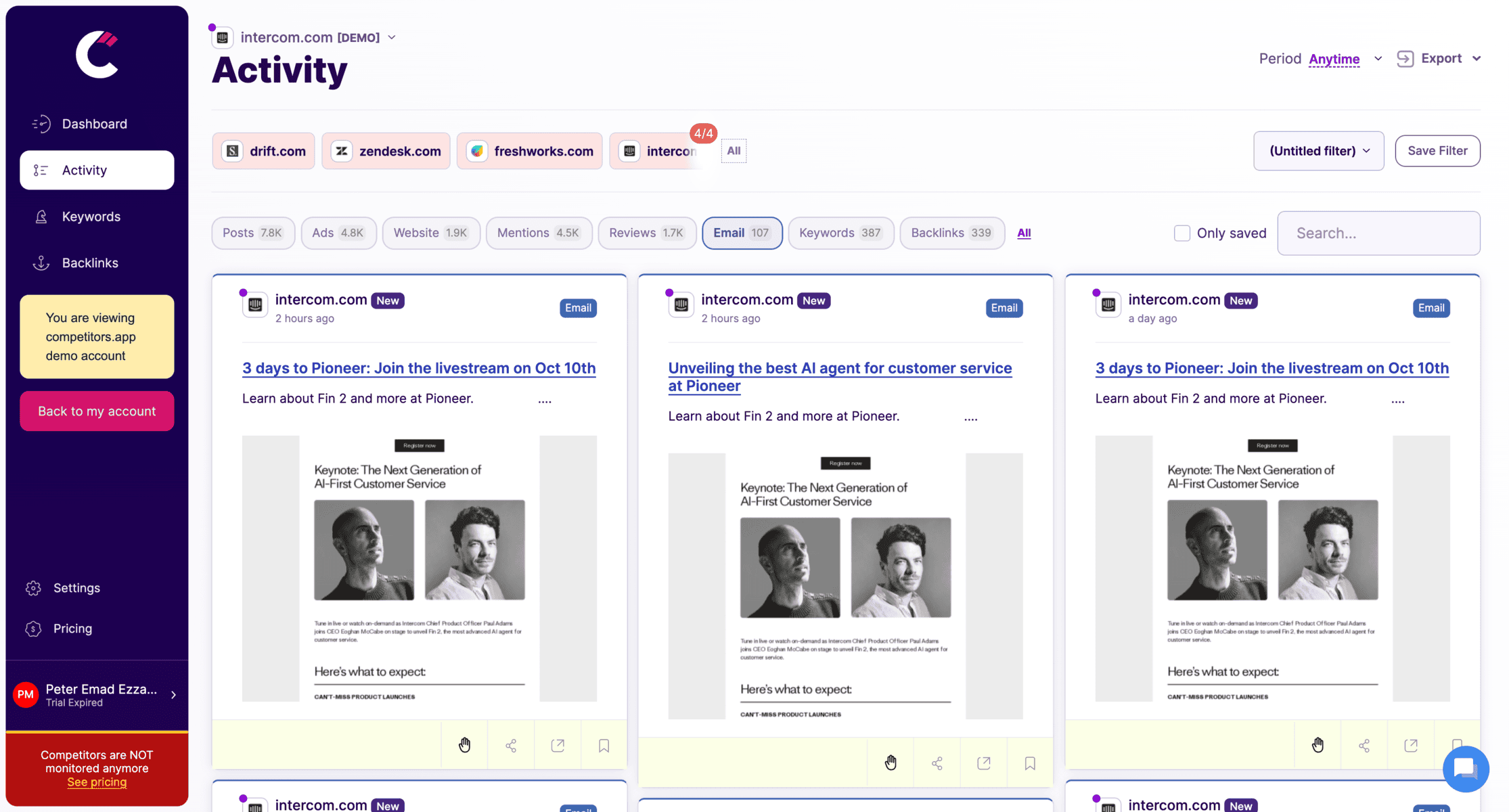
Tracks competitors’ email campaigns, including content, frequency, and engagement metrics, helping sales teams understand email tactics that drive engagement and conversions.
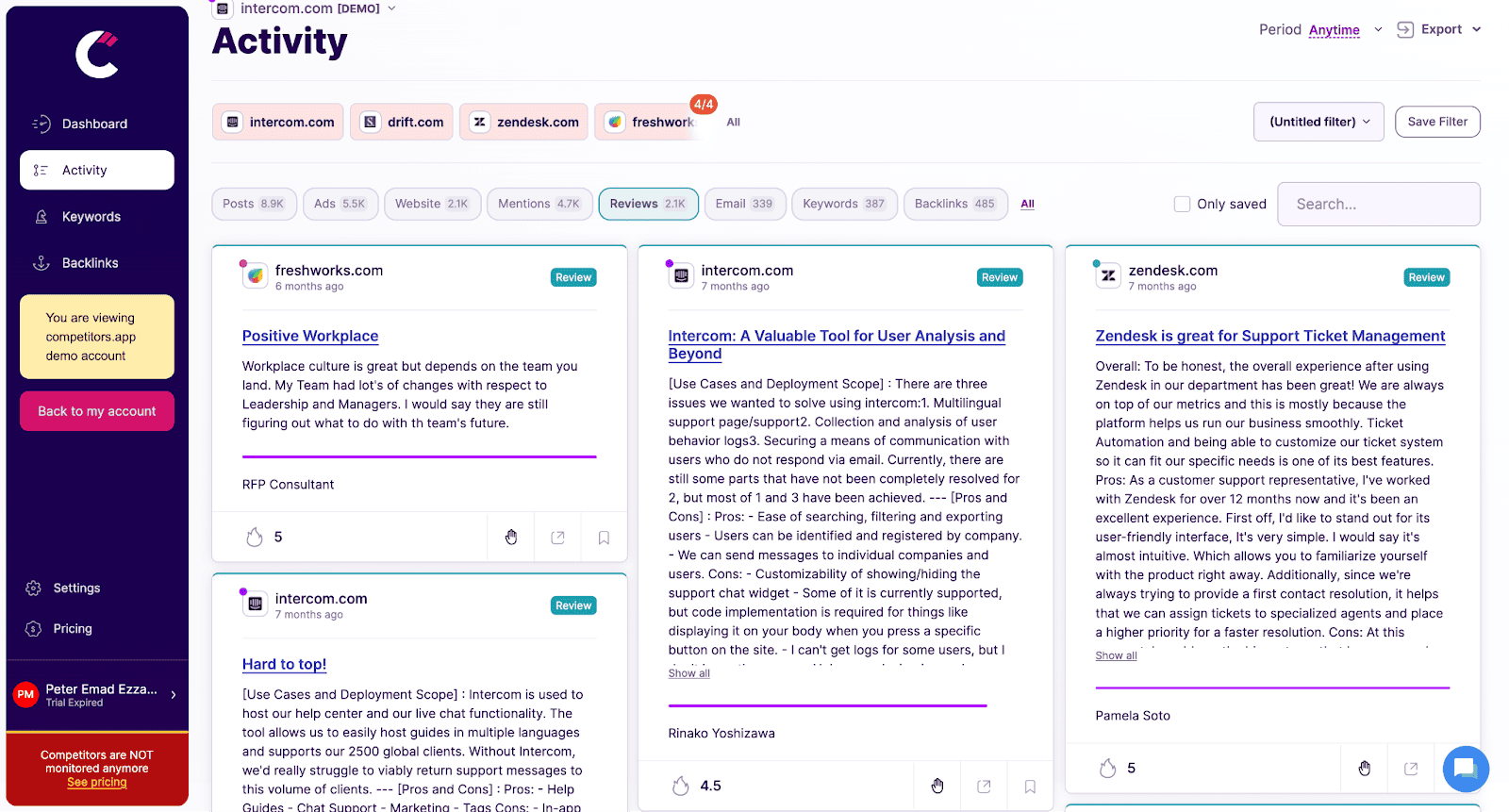
Analyzes customer reviews and ratings for competitors, providing insights into customer feedback, pain points, and product strengths, helping teams craft better sales pitches.
Legal vs. Ethical Competitive Intelligence
When gathering competitive intelligence, it’s important to understand the distinction between legal practices and ethical practices.
While legality is determined by laws and regulations, ethics involve the principles of fairness, honesty, and integrity.
The overlap between the two can be complex, making it essential for businesses to tread carefully.
Distinction Between Legal and Ethical Practices
- Legal Practices: Actions like analyzing publicly available information, monitoring industry trends, and reviewing published financial reports are legal and widely accepted.
- Ethical Practices: Beyond legality, ethical CI considers the broader implications of actions, such as respecting competitors’ privacy, avoiding misrepresentation, and maintaining transparency.
Examples of Legal but Unethical Practices
- Scraping Data: Extracting information from competitors’ websites may be legal, but violating terms of service through automated scraping tools can be considered unethical.
- Posing as Customers: Pretending to be a customer to gain access to confidential information might not break laws but is often seen as deceitful.
Why Adhering to Both is Crucial
- Reputational Impact: Actions that are legal but unethical can still harm a company’s reputation, leading to loss of trust among stakeholders.
- Sustainability: Ethical practices build a foundation for long-term success, ensuring that relationships with competitors, customers, and partners remain positive.
- Risk Mitigation: Operating within both legal and ethical boundaries minimizes exposure to legal disputes and public backlash.
Businesses must prioritize competitive intelligence ethics alongside compliance to ensure that their efforts align with both industry standards and their organizational values.
Consequences of Unethical Competitive Intelligence
Unethical competitive intelligence practices may provide short-term gains, but they often result in significant long-term consequences for businesses. From reputational harm to legal repercussions, the risks far outweigh the rewards.
Reputational Damage
- Loss of Trust: Unethical practices erode trust among customers, partners, and employees. Once a company is associated with unethical behavior, it can face significant challenges in rebuilding its reputation.
- Negative Publicity: In an era of social media and rapid news dissemination, unethical CI activities can quickly attract public backlash, leading to boycotts and tarnished brand value.
Legal Penalties
- Fines and Lawsuits: Industrial espionage, bribery, or misrepresentation can result in legal actions, including hefty fines and court-imposed damages.
- Compliance Issues: Violating industry regulations or privacy laws can subject companies to audits, sanctions, and revoked licenses.
Case Studies of Companies Penalized for Unethical CI
- Volkswagen’s Diesel Scandal: Though not directly CI-related, VW’s emissions deception highlights how unethical practices can result in billions of dollars in fines and irreparable brand damage.
- Waymo vs. Uber: Uber faced legal penalties and reputational damage after being accused of stealing self-driving technology trade secrets from Waymo, leading to a $245 million settlement.
Internal Impact
- Erosion of Employee Morale: Employees who witness unethical behavior may lose faith in leadership, leading to higher turnover and reduced productivity.
- Cultural Decline: Unethical CI fosters a toxic work culture, undermining trust and collaboration within the organization.
By adhering to competitive intelligence ethics, businesses can avoid these pitfalls and focus on building sustainable, long-term success.
FAQs About Ethical Competitive Intelligence
What is competitive intelligence?
Competitive intelligence (CI) is the process of collecting, analyzing, and using information about competitors, markets, and industry trends to inform business decisions. It relies on publicly available data and aims to provide insights that give companies a competitive edge.
Is competitive intelligence ethical?
Yes, competitive intelligence ethics ensures that CI practices are conducted transparently and legally. Ethical CI avoids deceptive tactics, respects competitors’ privacy, and adheres to established industry standards.
What makes competitive intelligence ethical?
Ethical CI involves practices that are both legal and morally sound. This includes gathering data from publicly available sources, avoiding misrepresentation or deceit, and ensuring that all activities align with a company’s code of ethics for competitive intelligence.
What is a competitive intelligence framework?
A competitive intelligence framework is a structured approach to conducting CI activities. It includes setting clear objectives, identifying ethical data collection methods, allocating resources, and ensuring that insights are responsibly applied.
Why is a code of ethics important for CI?
A code of ethics guides teams in conducting CI activities ethically and legally. It helps establish clear boundaries, reduces risks of unethical behavior, and fosters trust among stakeholders.
What are the common challenges in developing an ethical CI framework?
- Navigating the "gray zone" between ethical and unethical practices.
- Ensuring compliance with local laws and industry standards.
- Training teams to recognize and avoid unethical CI methods.
How can businesses ensure ethical CI practices?
- Develop and enforce a clear code of ethics for competitive intelligence.
- Train employees on legal and ethical boundaries in CI.
- Use tools like Competitors App, which are designed for transparent and ethical CI practices.
What are the consequences of unethical CI practices?
Unethical CI can lead to reputational damage, legal penalties, and internal cultural decline. It also risks alienating customers and stakeholders, ultimately undermining long-term success.
